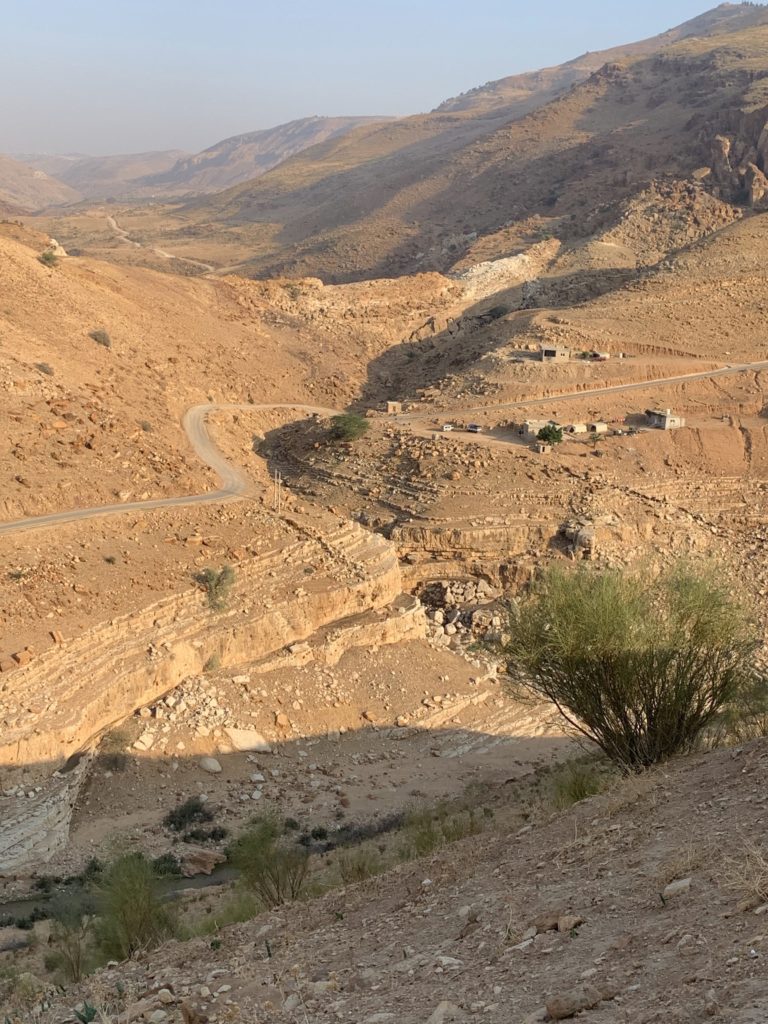Peniel / Penuel
Traveling southward from Haran (cf. Genesis 27:43), Jacob fled from Laban with Rachel and Leah to the hills of Gilead (Genesis 31:21). After Laban caught up with Jacob and they settled some of their differences (Genesis 31:22–55), Jacob moved on to meet his brother Esau in Edom (Genesis 32:1–5). However, Jacob’s messengers to Esau returned with word Esau was coming to meet Jacob. In fear Jacob divided all his retinue and goods, sending them on ahead of him in three groups with the hope he might appease Esau’s anger with gifts (Genesis 32:6–21). Keeping his wives and children with him, Jacob spent the night along the Jabbok River (modern Nahr ez-Zerqa) and forded it the following day (Genesis 32:22–23). Jacob then remained alone beside the Jabbok and wrestled with God all night (Genesis 32:24–29). The event changed Jacob physically and spiritually—as well as providing him with a new name, Israel. Taking into account his unusual encounter with God, Jacob named the place Peniel (“the face of God”—the same location is also called Penuel).
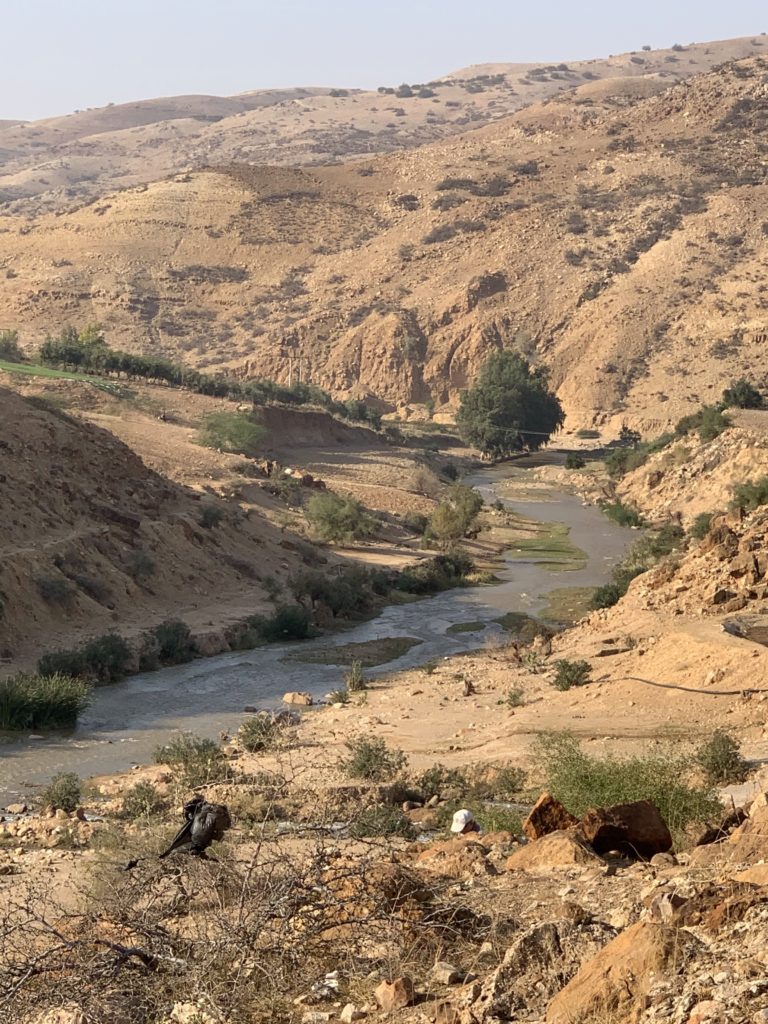
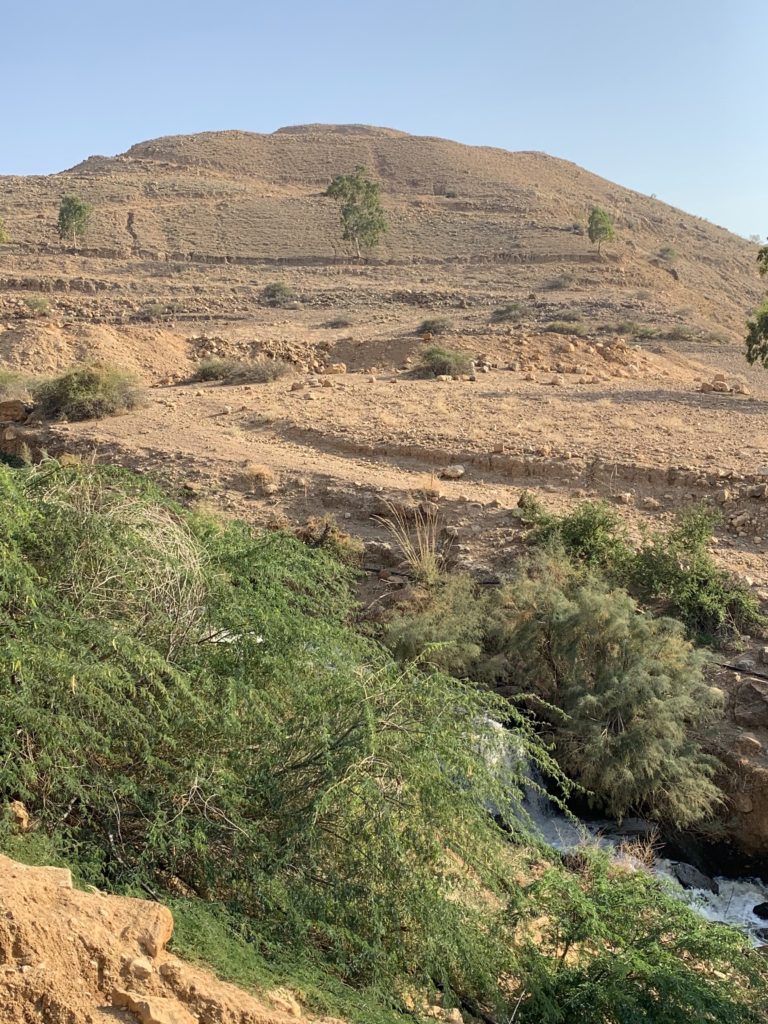
No town existed at Peniel in Jacob’s day, but people established a town on a hill nearby overlooking the Jabbok. When Gideon battled the Midianites, he pursued Zebah and Zalmunna (Midianite kings) past Succoth (perhaps modern Deir Alla) and Peniel / Penuel (Judges 8:8–17). Each of these cities failed to give provisions to Gideon and his troops, incurring his anger. Upon his return from capturing the fleeing kings, Gideon fulfilled his promise to the inhabitants of Penuel and wreaked destruction on the town. Jeroboam I (930–909 BC) rebuilt Penuel and fortified it (1 Kings 12:25). The photo below shows part of the city wall (vertical) and the glacis (militarily engineered slope, which would be covered with limestone plaster, to hinder attackers and expose them to the defenders positioned above them on the walls and towers).
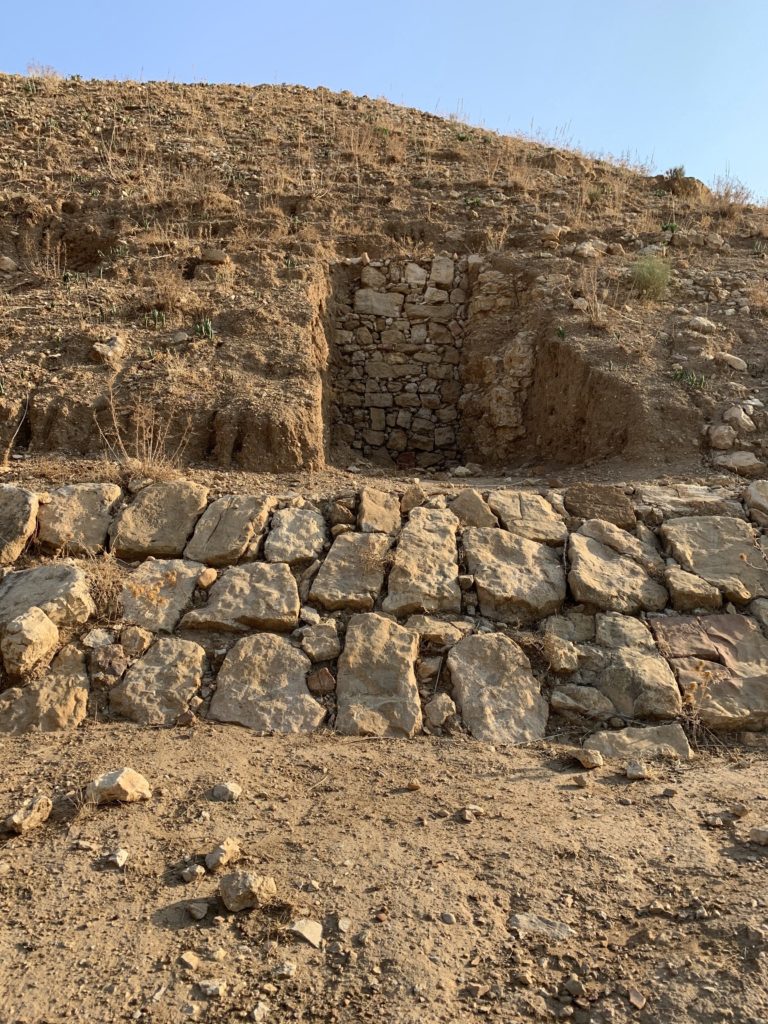
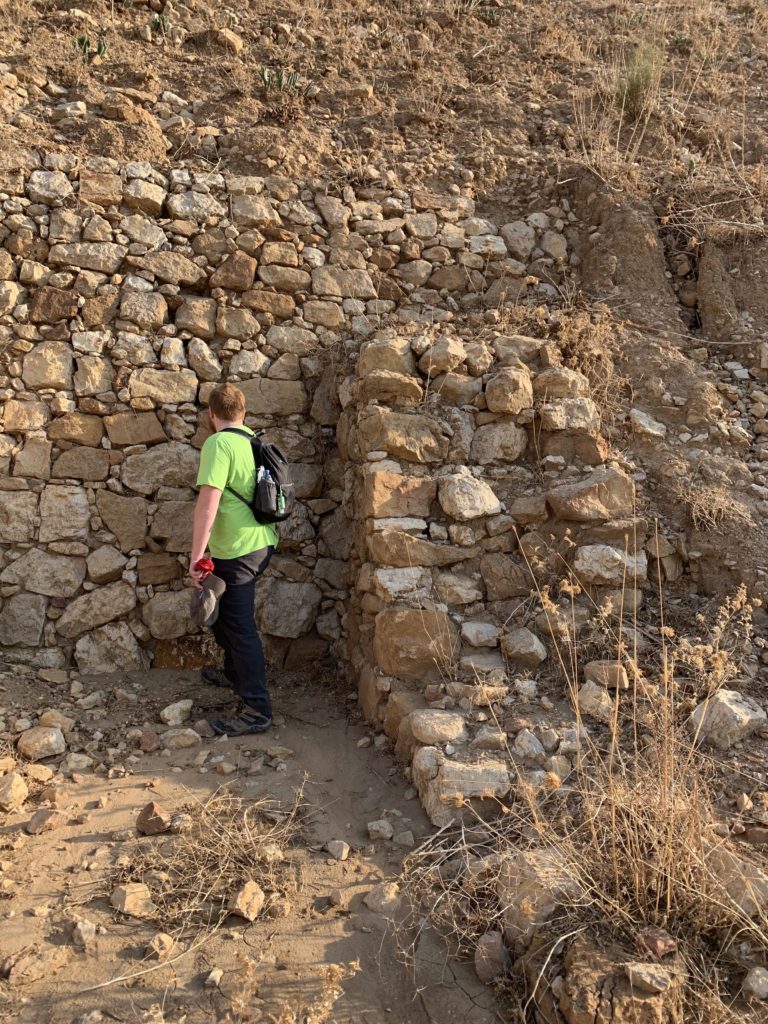
Archaeologists have identified Peniel with Tell edh-Dhahab (“the hill of gold”). Excavators found remains from the Late Bronze Age (1550–1200 BC), Iron Age I (1200–1000 BC), and Iron Age II (1000–586 BC) at this site. During our brief hike to the top of the tell and exploration of the site, we saw a block of limestone pierced with a hole (perhaps as a base for an olive press), a basalt grinding stone, and the capital of a pillar among the partially excavated walls of the buildings on the western side of the tell and on its acropolis.
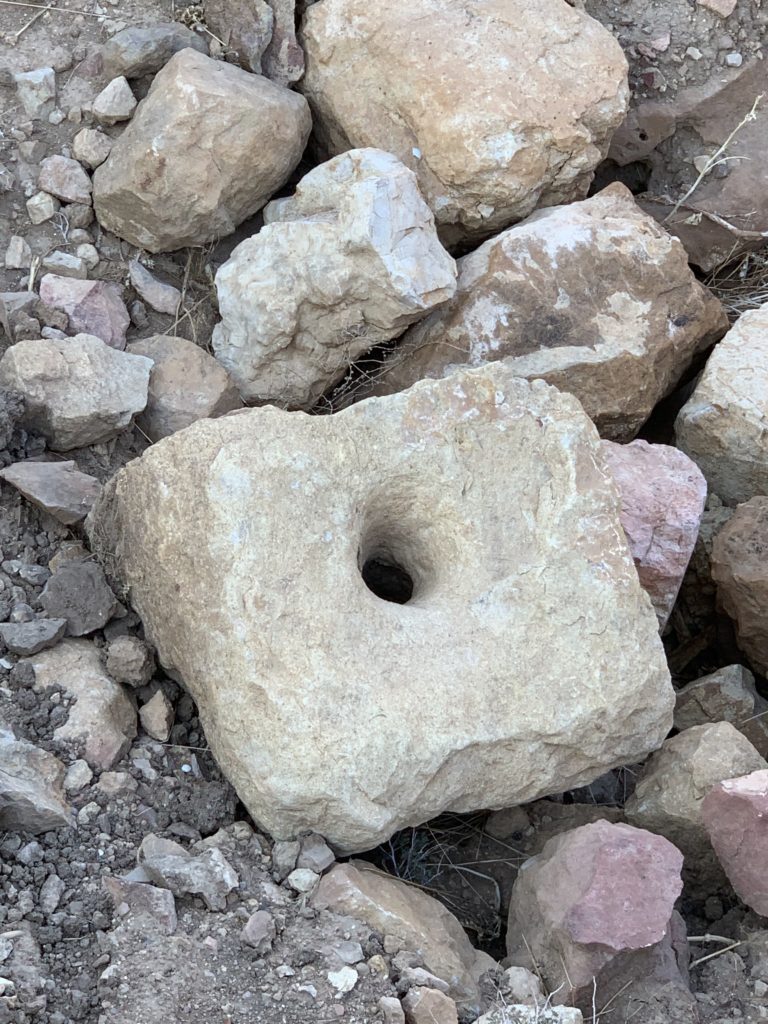
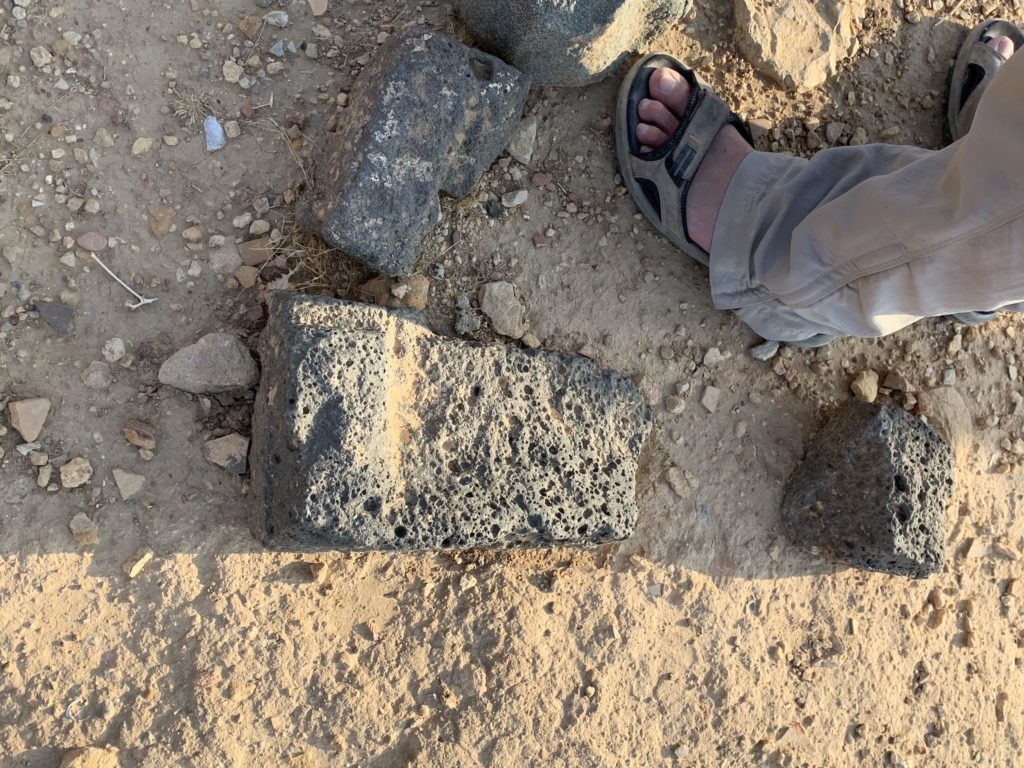
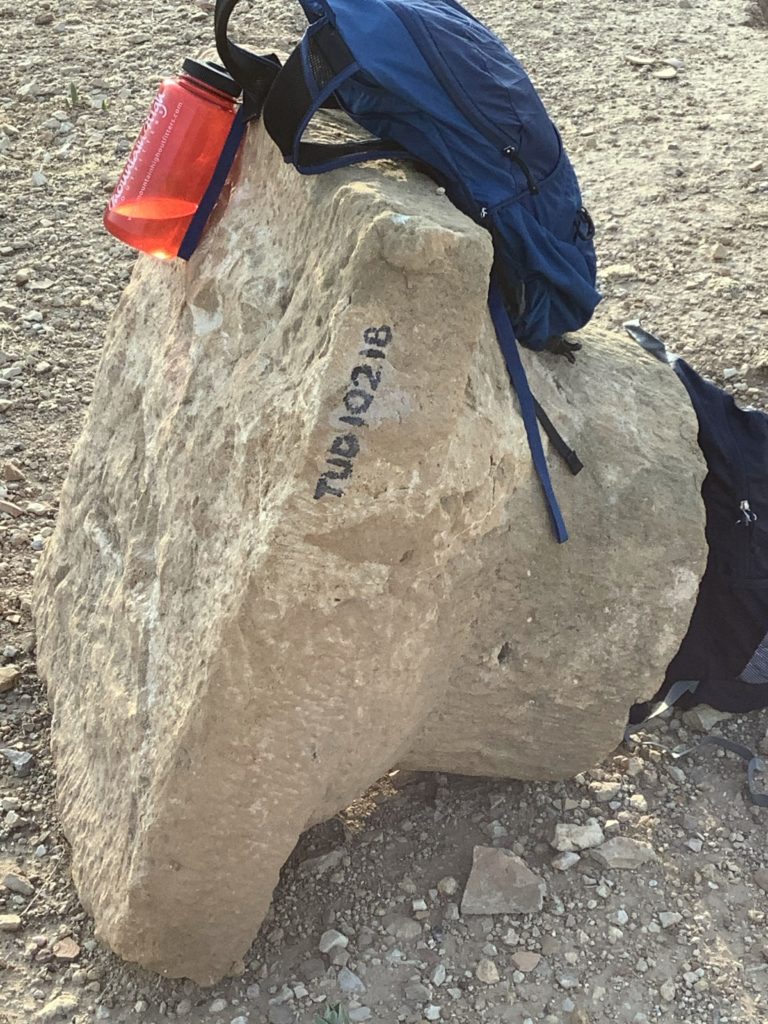
The tell provides a beautiful view of the upper Jabbok River canyon near sunset.
